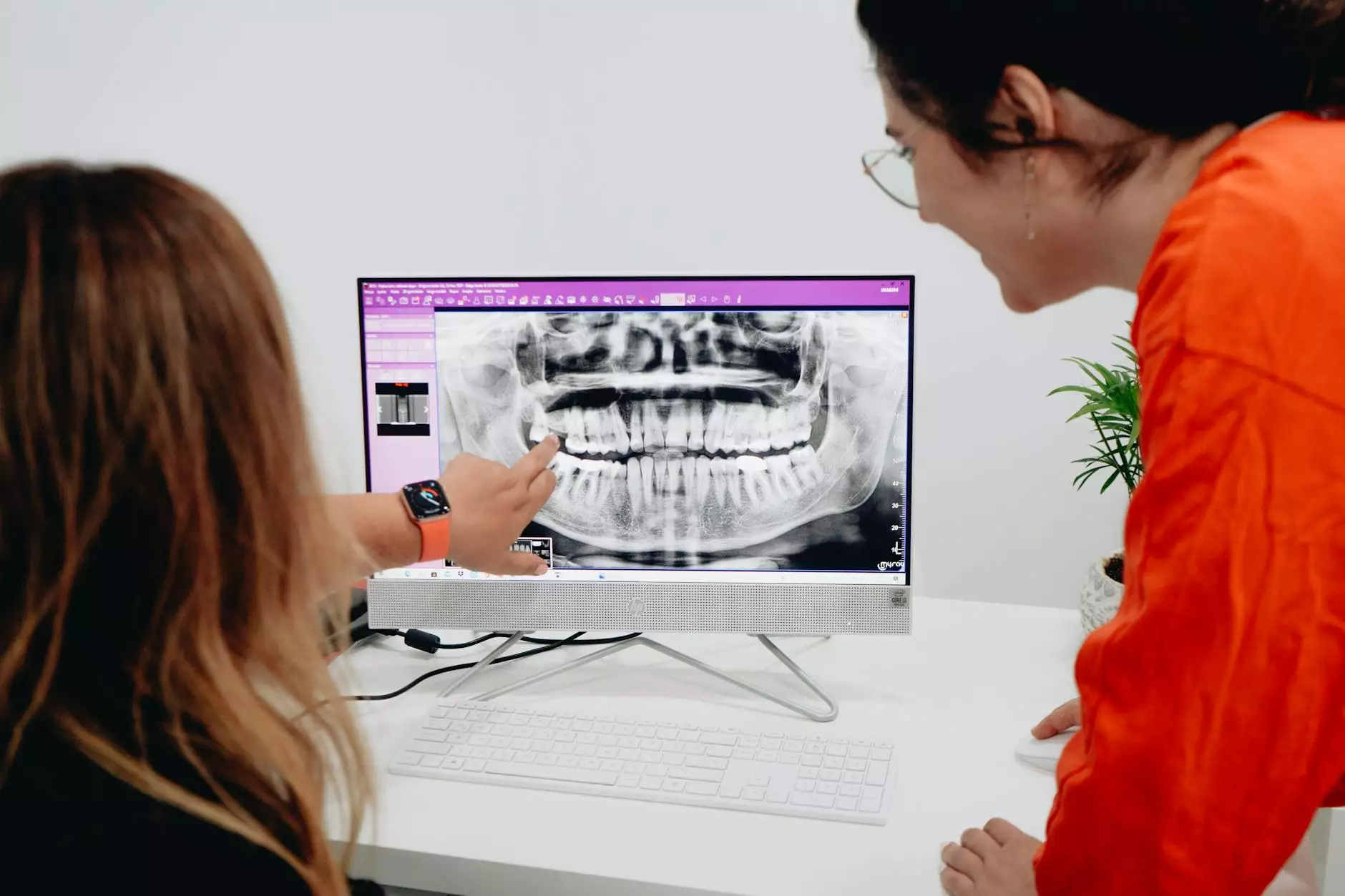Unlocking Security: The Essential Guide to Office Access Control Systems

In the modern workplace, security is a critical aspect of daily operations. With increasing concerns about safety and unauthorized access, implementing a robust office access control system has become essential for businesses of all sizes. This comprehensive guide explores what access control systems are, their significance, and how organizations can effectively implement them to safeguard their assets and personnel.
What is an Office Access Control System?
An office access control system is a technological solution designed to regulate who can enter various facilities or areas within a building. This system uses a combination of hardware and software components to enforce security measures, ensuring that only authorized personnel can gain access.
Key elements of an office access control system include:
- Identification Methods: Such as key cards, biometric scanners, PINs, or mobile access.
- Access Control Panels: Central hubs that process user credentials and manage access rights.
- Locks and Hardware: Electric locks or smart locks integrated with the access control system.
- Monitoring Systems: Cameras and alarms that complement the access control system for enhanced security.
The Importance of Access Control in Business
Businesses face numerous threats, from theft to data breaches. Implementing an access control system is crucial for several reasons:
1. Enhanced Security
By controlling access to sensitive areas, businesses can significantly reduce the risk of unauthorized entry. An office access control system allows organizations to set different access permissions based on the roles of employees. For example, only IT personnel may access server rooms, while administrative staff may enter general areas.
2. Increased Accountability
Access control systems often log employee entry and exit times. This data not only helps with security but also fosters accountability among employees. In the event of a security breach, businesses can easily identify who was present at the time.
Types of Office Access Control Systems
There are several types of access control systems, each designed to meet different security needs:
1. Physical Access Control
Physical systems limit access to buildings or office spaces using locks, keys, and other physical barriers. While traditional, they can be cumbersome and difficult to manage for large organizations.
2. Electronic Access Control
This advanced system utilizes electronic devices like key cards and fobs to grant access. It allows for easier management of access rights and can be integrated with other security systems.
3. Biometric Access Control
Biometric systems use unique physical characteristics, such as fingerprints or facial recognition, to grant access. This method offers high security, as it is difficult to forge biometrics.
4. Mobile Access Control
With the rise of smartphones, many organizations now utilize mobile access control systems. Employees can use their smartphones to gain entry, offering flexibility and convenience.
Benefits of Implementing an Office Access Control System
Investing in an office access control system brings numerous benefits to businesses, including:
1. Flexibility and Customization
Today's access control systems can be tailored to meet the specific needs of any organization. Whether a small business needs simple lock-and-key systems or a large corporation requires complex multi-layered security protocols, there are solutions for every scenario.
2. Remote Access Management
Modern systems offer remote access capabilities, allowing administrators to manage security settings from anywhere. This feature is incredibly valuable for organizations with multiple sites or offices in different locations.
3. Cost-Effectiveness
While there is an initial investment in setting up an office access control system, the long-term savings from preventing theft, damage, and liability can far outweigh these costs.
4. Regulatory Compliance
For many industries, compliance with regulations concerning data protection and occupational safety is mandatory. Effective access control helps organizations align with these legal requirements, avoiding potential fines or legal issues.
Choosing the Right Access Control System for Your Business
Selecting the right office access control system requires careful consideration of various factors:
1. Assess Your Security Needs
Understand what areas need protection and who should have access. This assessment will guide you in choosing the right level of security.
2. Budget Considerations
Establish a budget that includes not only the initial costs of purchasing and installing the system but also ongoing maintenance and support fees.
3. Scalability
Choose a system that can grow with your business. A scalable access control system allows for easy additions of new users or locations without significant upgrades.
4. Integration with Existing Systems
Look for access control systems that can integrate with other security measures, such as CCTV or alarm systems. This allows for a comprehensive security solution.
5. Customer Support and Maintenance
Reliable customer support is essential. Choose a vendor that offers robust ongoing support and maintenance to ensure your system remains functional.
Steps to Implement an Office Access Control System
Implementing an office access control system can seem daunting, but with a clear plan, the process can be streamlined. Here’s a step-by-step approach:
1. Conduct a Security Audit
Begin by assessing the current security measures in place. Identify vulnerabilities, high-risk areas, and the specific security needs of your organization.
2. Identify Access Levels
Define who needs access to what areas. This will help you create a structure for permission levels and user roles within the system.
3. Choose the Appropriate System
Based on your assessment and identified needs, research and select the most suitable access control system for your business.
4. Installation and Configuration
Once you’ve chosen your system, work with the vendor for proper installation. Ensure that the system is configured to meet your specific access management requirements.
5. Employee Training
Educate employees on how to use the new system. Proper training ensures that all personnel understand the importance of compliance and the procedures involved.
6. Monitor and Adjust
After implementation, continuously monitor the effectiveness of the system. Make adjustments as necessary to improve security protocols and user experience.
Conclusion
In an increasingly uncertain world, implementing a robust office access control system is no longer an option but a necessity for businesses committed to safeguarding their physical and digital assets. From enhancing security and increasing accountability to benefiting from personalized solutions, the advantages are undeniable. By investing in the right system, organizations can not only protect themselves against threats but also promote a safe working environment that fosters productivity and trust.
For further assistance and to explore top-of-the-line solutions, visit Teleco, your trusted partner in customizable telecommunications and security solutions.









